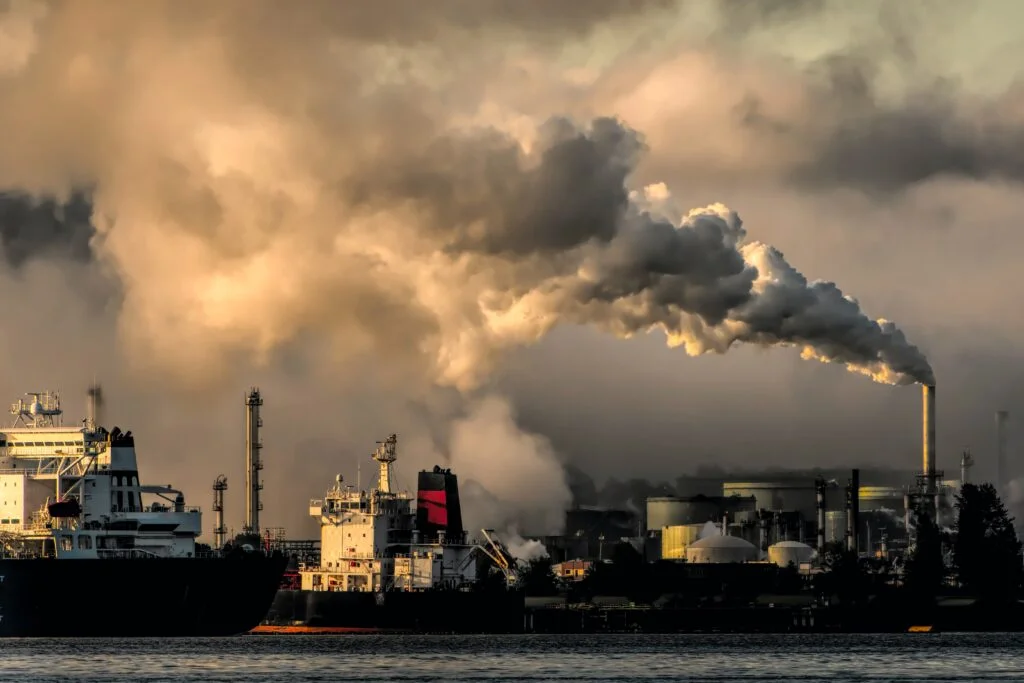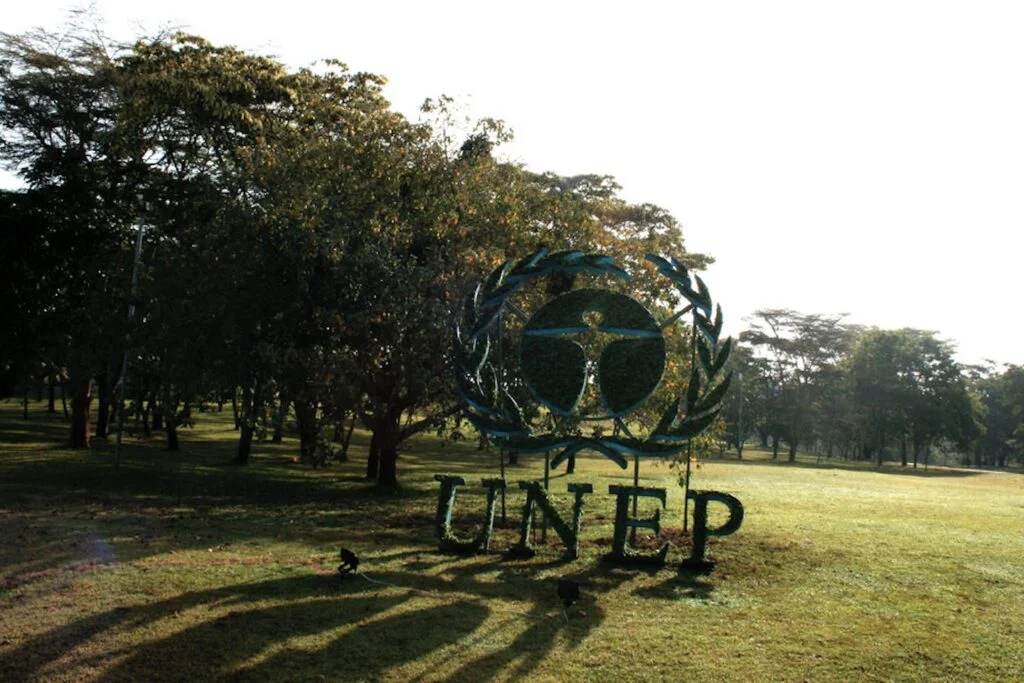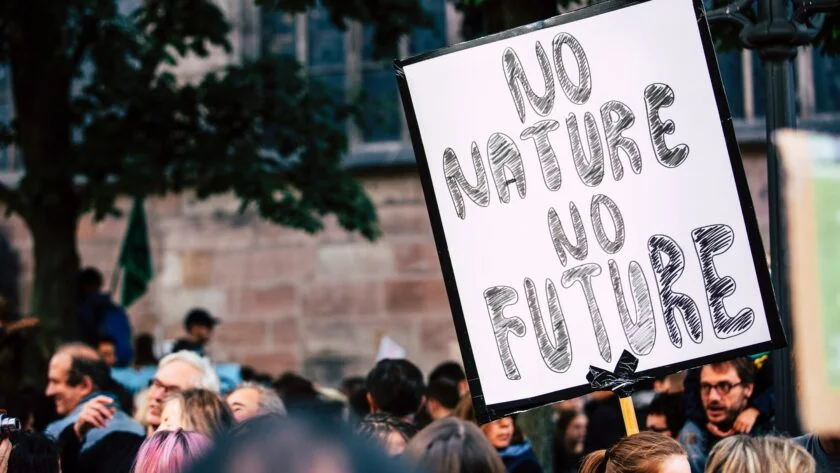A nation has made a deal with another country to accept its citizens when it sinks, amusing many of us. Tuvalu, an Island nation in the Pacific, has agreed to accept its 11,600 citizens in the event of its sinking. There are many similar peculiar and alarming cases of the impact of climate change.
The Gobi Desert in China is expanding at a rate of 3600 square kilometers per year. There is a risk of all 1200 Maldives islands sinking in the near future, among other concerns. Learning and witnessing all these events one question arises: Where will the residents of these affected areas go?

Who are the Environmental Refugees?
Environmental disasters, such as climate change, force people to leave their homes, earning them the unofficial title of Environmental Refugees. These natural or sometimes man-made disasters include rising sea levels, desertification, intense weather, droughts, deforestation, etc. Deteriorating environmental circumstances drive environmental refugees to flee. They lose their livelihoods, leading to food insecurity and various unforeseen hazards.
Many times, the term ‘Environmental Refugees’ is interchangeably used with ‘Climate Refugees’. However, the term Environmental Refugee covers a broader group. Along with the people displaced due to climate change, it also covers the refugees displaced due to natural disasters like erosion and volcanic eruptions. The displacement of the people is usually within the country itself.
The major impact of the environmental crises can be seen in the developing countries. The majority of refugee crises since the early 1960s, according to the Centers for Disease Control and Prevention, have occurred in these less developed nations because their resources are insufficient to feed their populace in times of need. The highlighting point of the migration crises is that Environmental Refugees do not have any option or choice. It is a must for them to leave their homes and settle in different unfamiliar territory.

Underlying Factors
This form of the refugee crisis is there from the very start of the earth but there is a subtle difference in the past and the present. In the past, the crises were mainly due to natural disasters but with time the refugee crises are more due to climate change. The difference is that the former is not in control directly but the latter one is becoming more human-made. Anticipated factors include rising sea levels, decreasing crop yields, and growing water scarcity. Expectations foresee people relocating to urban and rural areas with better opportunities to establish new livelihoods.
Today’s climate crises are mostly the outcome of unchecked industrialization and the over-exploitation of natural resources. It includes all the human actions which directly or indirectly adversely affect the environment. The rising global temperature due to global warming, ozone layer depletion, falling groundwater levels, pollution, etc. are all the reasons behind and results of human actions. The wrath of these crises is faced especially by these Environmental Refugees.
The Rising Water Level has become a prominent problem for the world today. The issue has been recognized by many countries and suffered by many low-lying coastal areas. Sea levels are expected to rise by a total of 0.18 to 0.6 meters (seven inches to two feet) between 1990 and 2100, according to the Intergovernmental Panel on Climate Change (IPCC).

Global Crisis
An article by National Geographic reports that there is a prediction that Bangladesh could lose 17% of its land by 2050, resulting in 20 million climate refugees, and the Maldives only 8 feet above sea level could submerge entirely. Many other coastal cities around the world like Mumbai in India; Hamburg in Germany; Manila in the Philippines; Manhattan in the US; Shanghai in China; Bangkok in Thailand; Venice in Italy; Jakarta in Indonesia; London in England and Buenos Aires in Argentina are susceptible to sea level rise. According to a Forbes India report, cyclones and rising sea levels have forced the last two inhabited islands in the Sunderbans- Mousuni and Ghoramara to be evacuated.
On one hand, the rising water level is evolving into one crisis, while on the other hand, drought has emerged as another form of crisis. size of cultivatable land is decreasing day by day. The world is witnessing the threat of desertification. People who live close to the Horn of Africa are particularly susceptible to desertification and drought. Fearing famine and destitution, thousands of Somalis, Eritrea, and Ethiopians have already fled to Kenya. Each year, desertification claims more than 1,000 square kilometers of agricultural land from Morocco, Tunisia, and Libya.

Outcome of the Crisis
According to estimates from the International Red Cross, environmental refugees outnumber political migrants escaping war and other conflicts. The United Nations High Commissioner for Refugees (UNHCR) reported in 2009 that natural disasters displaced 36 million people. No report of this kind has been compiled since 2009.
In 2009, during a press conference, Antonio Guterres, the then-United Nations High Commissioner for Refugees, stated that- “Climate change can enhance the competition for resources—water, food, grazing lands—and that competition can trigger conflict.”
Crowded refugee camps, rivalry for resources in host communities, and possible confrontations bring social, economic, and political difficulties. The impact is also severe on traditions and cultural relationships. Many are from marginalized and vulnerable communities living in impoverished or environmentally fragile places. They don’t possess the infrastructure and facilities to face these crises and thus suffer the most. The very concept of Human Rights goes in toss for them.
The average number of new displacements in India caused by climate change in the last ten years (2011-2020) was over 33.7 lakh, according to reports from the Internal Displacement Monitoring Centre (IDMC). In 2020, the Institute for Economics and Peace estimated that over 1 billion people would be at risk of displacement by 2050.
According to a 2021 World Bank assessment, by 2050, the climate catastrophe may force more than 200 million people to relocate within their own countries. Up to 86 million internal climate migrants may be present in Sub-Saharan Africa by 2050; similarly, there may be 5 million in Eastern Europe and Central Asia, 19 million in North Africa, 40 million in South Asia, 17 million in Latin America and 49 million in East Asia and the Pacific.

The Problem of ‘Recognition’
The United Nations Environmental Program coined the term ‘Environmental Refugees’ in the 1980s. However, the term ‘Refugee’ has no official relation with the Refugee Convention. These Environmental Refugees don’t fall under the Refugee Convention of 1951. So, they do not enjoy support from their respective government and International Organizations like those of Political Refugees.
The 1951 Convention on the Status of Refugees (amended by the 1967 Protocol) defines a legal refugee. This person leaves their country and cannot return due to the fear of persecution based on race, religion, nationality, social standing, or political opinion. Persecution and cross-border migration are prerequisites for this definition. These two requirements do not legally compel states to recognize environmental refugees.
The majority of organizations assisting individuals considered ‘environmental refugees’ prefer to refer to them as ‘disaster displacement.’ International law does not protect environmental refugees. Compared to refugees who leave their homeland because of political persecution or conflict, they are more in danger politically. Climate refugees, unlike traditional refugees, might face deportation back to their destroyed land of origin. Compelling them to live in a camp is also a possibility.

Way Forward
Due to ecological conflict, the number of environmental refugees is rising, underscoring the need for protection and compensation. For these people, having a legal standing is essential both domestically and internationally. It is imperative to address the reasons behind their departure and prioritize environmental conservation to avert future deterioration. The World Bank also states that collaborative actions by all the parties could minimize migration due to climate change by almost 80%. Taking proper steps is essential to efficiently overcome the issue in the future. This will minimize the probability of any major global conflict.
Cutting global emissions is one way to achieve this goal. Incorporating internal climate migration into inclusive, resilient, and green development planning is another crucial step in the process. Effectively working for the objectives of the Paris Agreement and fulfilling temperature targets. States sticking to the objectives of various agreements for the environment. Understanding the drivers of the internal climate movement is crucial for achieving positive development results. Preparing for each migration phase is also essential in this regard. Following these can assist in slowing the factors that drive environmental migration and can prepare the authorities for these migrations.
About The Author
Aman Bora

Aman Bora is currently a Ph.D. Candidate in the Department of Political Science of Soban Singh Jeena University Almora, Uttarakhand (India). He received his master’s degree in Political Science (Silver Medalist) from Kumaun University Nainital in Uttarakhand (India) and has passed the UGC-National Eligibility Test in Political Science subject. He is an ardent researcher and an inquisitive learner avidly interested in International Relations, Defense Studies, Geopolitics, and topics related to National Interests.






